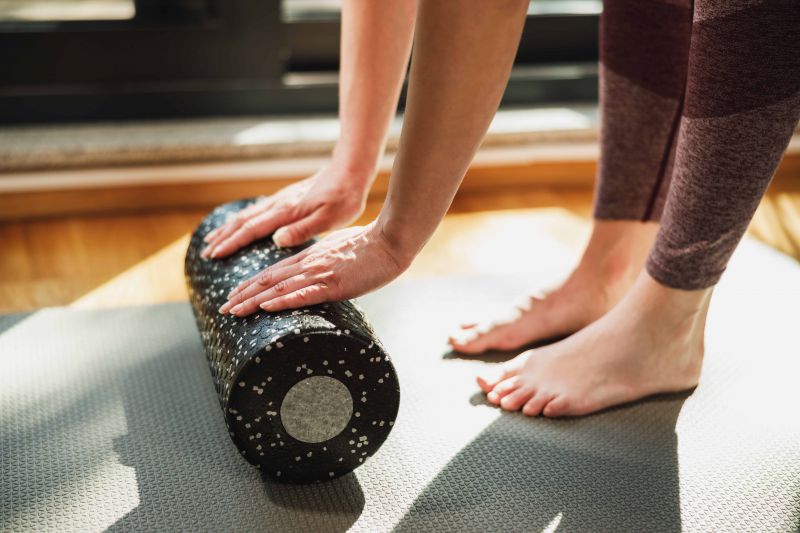When it comes to fitness, many people make one big mistake — they focus on only one type of exercise. For example, some people lift weights every day, while others only run on the treadmill. But here’s the truth: your body needs more than just one kind of workout.
To get the best results, you need a full circle approach. This means combining three important parts:
strength training, cardio, and recovery. When you mix all three, your body works better, your mind feels clearer, and your fitness goals become easier to reach.
 Why Mix Strength, Cardio, and Recovery?
Why Mix Strength, Cardio, and Recovery?First of all, strength training is key for building muscles, improving posture, and making your body strong enough to handle daily tasks. Lifting weights or doing bodyweight exercises like squats and push-ups also helps boost your metabolism. That means you burn more calories, even when you’re resting.
On the other hand, cardio is all about your heart and lungs. Activities like running, cycling, or even dancing increase your stamina and improve your overall health. Cardio also helps you manage your weight and gives you an amazing energy boost.
But here’s something many people forget: recovery is just as important as exercise. Without proper rest, your muscles can’t repair and grow. If you skip recovery, you risk injury, burnout, and feeling tired all the time. Recovery doesn’t always mean doing nothing. It can include gentle yoga, stretching, or even a relaxing swim.
So, when you put these three together, you get a routine that’s balanced, safe, and effective. For example, you might lift weights two days a week, do cardio three times a week, and use the remaining two days for active recovery.
Tips for Building Your Full Circle RoutineTo help you start, here are some easy tips:
- Plan Your Week: Decide which days are for strength, cardio, and rest. For example, Monday and Thursday could be strength days, Tuesday and Friday for cardio, Wednesday for a short walk or yoga, and Sunday as a full rest day.
- Listen to Your Body: If you feel pain or extreme tiredness, take an extra recovery day. Remember, pushing through pain can lead to injuries.
- Keep It Fun: Try different types of cardio like swimming, dancing, or a group fitness class. For strength, mix machines, free weights, and bodyweight exercises.
- Use Variety: Change your workouts every few weeks to avoid boredom. If you usually run on the treadmill, try an outdoor run or a cycle class instead.
- Start Small: If you’re new to fitness, don’t try to do everything at once. Begin with two strength sessions and one cardio session a week, then add more as you feel ready.
 Why Recovery Deserves Love
Why Recovery Deserves LoveRecovery is not just sitting on the couch (although sometimes that’s fine too!). Active recovery involves gentle movements that help your body heal, such as stretching, foam rolling, or attending a slow-paced yoga class. This can improve flexibility, reduce soreness, and even help your next workout feel easier.
Sleep is another big part of recovery. Most adults need around 7–9 hours each night to allow the body to repair itself. Without enough sleep, your workouts won’t be as effective, and you might feel grumpy and tired.
Remember, It’s a JourneyFitness is not about doing more and more. It’s about doing the right mix of things. Strength, cardio, and recovery work best when they work together. This full-circle approach gives you balance, helps prevent injuries, and makes fitness something you can enjoy for life.
![]()
![]()
![]() blog
blog![]()
![]()
![]() blog
blog

